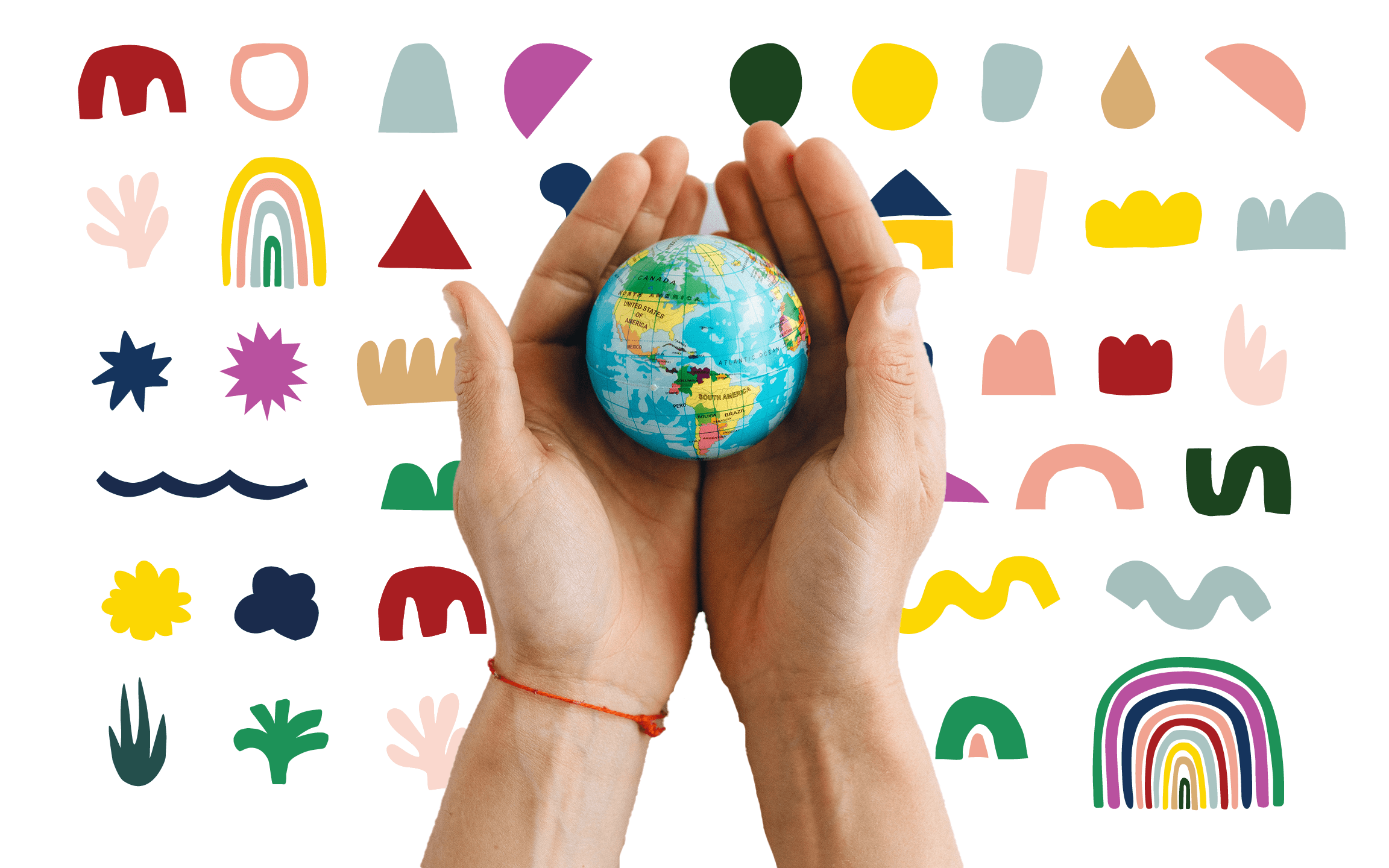By now, you’ve probably heard about sustainability once or twice.
It’s covered all the time in the media, talked about online, and discussed in the workplace. It’s also a prime subject of interest for many young people looking to make the world a better place through activism and awareness.
Sustainability is far from just a passing fad, so we’d better make sense of it sooner than later! While it might sound like a buzzword to the uninitiated, sustainability could not be more real and significant to our daily lives and futures.
Some people go to school for years to master the science and economics of sustainable industry, while others just need a quick primer to get up to speed. We’re here to fill you in on the key details and offer some tips you can start employing in your life right now.
It’s always good to learn more and get involved in new ways, but why not start here? Understand the basics, and you can make more of an impact than you might think.
So What Is Sustainability, Really?

When we think of sustainability, everyone imagines something slightly different. Some of us think about supply chains, water sources, fossil fuels, while others focus on animal rights or the fair treatment of workers.
In reality, sustainability covers all of those topics under one broad umbrella, which is partly why we see the term used so frequently in many different contexts.
Let’s look at the most general definition of sustainability out there – from Investopedia. They say that “sustainability focuses on meeting the needs of the present without compromising the ability of future generations to meet their needs.” Simple enough, right?
You can apply this principle to nearly every aspect of the international economy, as well as the microcosms of economic decisions in our own lives.
Think about it – a monthly budget or a weight-loss meal plan are both sustainable solutions, are they not? They are implemented with purpose and meant to keep us on track for months or years ahead! We create and follow strategies like this all the time to meet our goals.
Zooming out to a much bigger picture, sustainability is meant to create healthy and safe outcomes on three levels: economic, environmental, and social.
In other words, businesses and workers must make money while minimizing environmental and social harm around the world – especially in places that aren’t directly in our “backyard.”
So whenever you pick up a package of printer paper, fill your tank with gas, or drink from a can of sparkling water, think about the ripple effect on environments, economics, and social structure throughout the planet.
That’s how we all become more sustainability-focused and start to consume in a more mindful way.
The Hidden Costs of Mass Manufactured Clothing
One key industry in the sustainability spotlight is fashion.
It’s a tough truth to grapple with, but our consumption habits have been rather destructive over the past several decades as industrial clothing manufacturers cater to international markets.
Yes, the “fast-fashion” brands are certainly part of the problem, but the reality is that every participant in the industry could be doing better - from small local companies to industry giants.
In the fashion world, the focus is shifted slightly, but many of the same issues are at play. For instance, consider how much water and oil are required to make just one garment (it’s more than you can imagine), then multiply that by millions and millions each year.
On top of the strain on natural resources, many of today’s affordable clothing is made using synthetic chemicals that further harm the environment - air and water pollution are only the beginning, and the long-term effects are still largely unknown.
Working conditions are also often unsuitable for the people manufacturing these clothes abroad.

You can read your labels to see where each garment comes from, then research for yourself to see how workers are treated in these environments. They tend to be overworked and given minimal wages for their effort.
While we might enjoy wearing a shirt or pair of pants a few dozen times (if that), what happens when we decide to get rid of our “old” garments?
Unless we make a concerted effort to recycle or donate these items, they may simply end up in landfills where they take decades to decompose, depending on their materials.
Factor in other variables like overseas shipping, product waste, damaged materials, and the social impact of industrialization, and there’s a lot of work that needs to be done to turn things around.
Dos, Don’ts, and Other Sustainability Tips
As you can see, there are issues at every level of the fashion industry as they relate to sustainability - or lack thereof.
The question we’re all asking ourselves at this point: what can we do about it?
It’s easy to feel a bit hopeless after talking about all the problems we face, but the important thing is to start small and take control of our own actions. Once you learn the truth, it can’t be unseen, so commit to making some changes instead of shrugging it off!
It all starts by making the most of what we currently own, whether it’s our formalwear, athletic gear, shoes, accessories, and everything else in the wardrobe.
Don’t just toss your favorite stuff because it isn’t 100% certified green. Instead, wear it proudly for as long as you can and take good care of it with proper cleaning and repair. Too many people just treat their clothes like junk and dispose of them when finished - that’s not the way to go!
When you do want to retire an item, consciously donate or recycle it instead of tossing it in the garbage. This will ensure it finds a useful future instead of in a landfill.
Only purchase clothing that you will wear for a long time - stick with timeless styles instead of trends! That way, you’ll always be fashionable and won’t waste cash or clothes.
Passing the Torch: The Next Generation
It may not seem like much, but making these simple mental shifts and caring for your clothes can be a powerful catalyst for high-level change in the fashion world.
Just look at how trends are developing in industries like sustainable kids’ clothing, where eco-friendly one-pieces, shirts, and pants are now more popular than ever.

These are garments made from recycled materials and built with serious durability. That way, they’re sure to endure more laundry cycles and even span generations of little ones!
As parents, we have a responsibility not just to dress our kids in more sustainable clothes, but to teach them important lessons in the process. Tell them about how their t-shirt came from a plastic bottle or why it’s important to recycle their plastic in the right bin.
One generation teaching the next - this is how to bring on a more sustainable future.
Sources:
SEVEN FORMS OF SUSTAINABLE FASHION – Green Strategy | Sustainable and Circular Fashion Consulting
Sustainability Definition | Investopedia
What is Sustainable Fashion? (An Introduction and 3 Steps for Getting Started) | GREEN DREAMER







Leave a comment
This site is protected by hCaptcha and the hCaptcha Privacy Policy and Terms of Service apply.